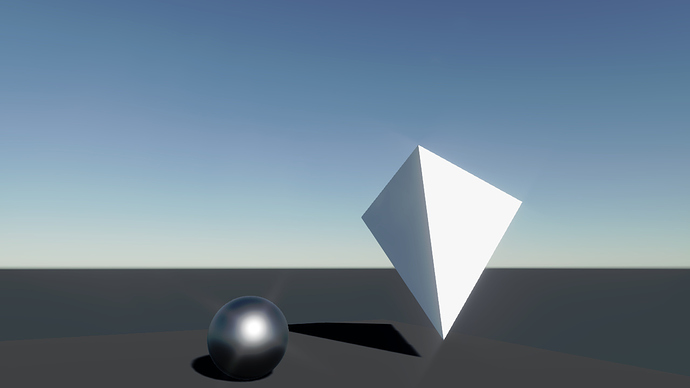So as the amount of usage samples of various things you might want to do in your Xenko projects was a bit anemic at the moment, I decided to put together a small repository of my own intended to collect self contained examples of using Xenko to do various things (like procedurally generate a mesh, or use the procedural mesh generation to create a sort of pseudo-instancing to avoid gratuitous amounts of drawcalls by just sticking it all in a big vertex buffer and the like)
Currently there’s just an example of how to use only a vertex buffer and an array of vertices to draw a tetrahedron with a ModelComponent. It’s not using an index buffer since I figured i might as well make the first sample as simple as possible, while still not being just a triangle.
It is for version 3.1 beta of Xenko at present.
If anyone has any specific requests that you want turned into a self contained example, I’m open to any suggestions as it’ll be of benefit to us all, and I’ve come to understand people new to Xenko find it quite obtuse to get started (especially if without much previous experience with other engines).
Some of this might be interesting to incorporate into the docs later if distilled a bit, but for now I figured this was a faster way to do it.









 (similar in all ways except now also employing an index buffer).
(similar in all ways except now also employing an index buffer).